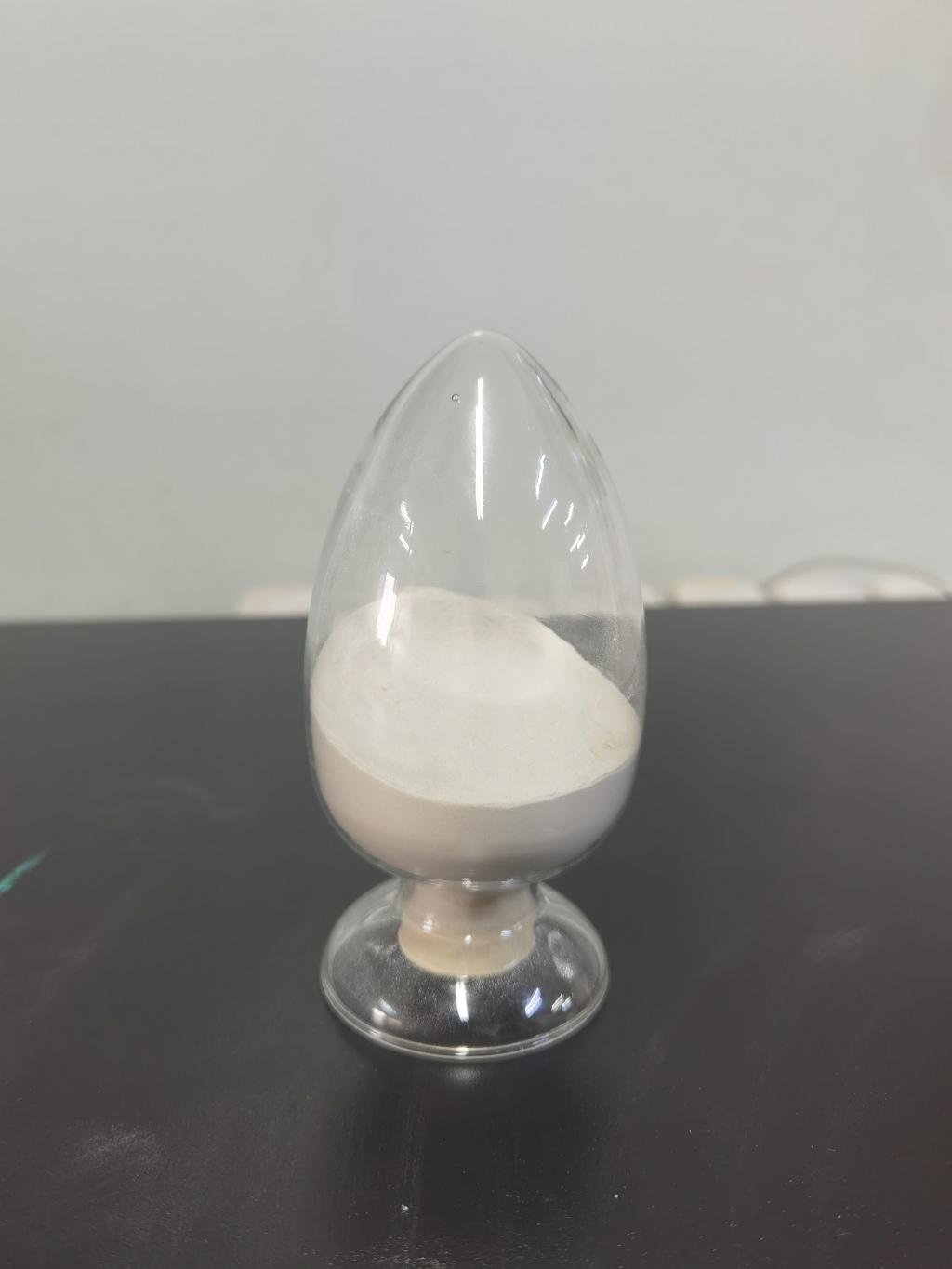Tel:+8618231198596

News
 CONTACT
CONTACT
 CONTACT
CONTACT
- Linkman:Linda Yao
- Tel: +8618231198596
- Email:linda.yao@dcpharma.cn
- Linkman:CHARLES.WANG
- Department:Overseas
- Tel: 0086 0311-85537378 0086 0311-85539701
News
Current Position:
Home >
News
>Nisin's Role in School Lunch Programs: Ensuring Safe and Healthy Meals
Nisin's Role in School Lunch Programs: Ensuring Safe and Healthy Meals
TIME:2023-12-20
I. The Importance of School Lunch Programs:
Nutritional Impact on Student Well-being:
Educational Success: Proper nutrition plays a vital role in supporting cognitive function, concentration, and overall academic performance. School lunch programs aim to contribute to the well-being and success of students by providing balanced and nutritious meals.
Addressing Food Insecurity: For many students, school lunches may represent a significant portion of their daily nutritional intake. Ensuring the availability of safe and nutritious meals is particularly important in addressing issues of food insecurity.
Food Safety Challenges in School Cafeterias:
Storage and Distribution: The logistics of storing and distributing large quantities of food in school cafeterias can pose challenges to maintaining food safety. The risk of bacterial contamination and foodborne illnesses is a concern that necessitates effective preservation methods.
Preference for Minimally Processed Foods: With an increasing focus on providing healthier and minimally processed food options, school lunch programs seek preservation methods that align with these goals while ensuring food safety.
II. Nisin's Mechanism of Action and Safety Profile:
Antimicrobial Properties of Nisin:
Selective Action: Nisin acts by disrupting the cell membranes of susceptible bacteria, preventing their growth. Its selective action makes it effective against harmful bacteria while leaving beneficial bacteria unaffected.
Broad-Spectrum Activity: Nisin's broad-spectrum antimicrobial properties extend its effectiveness against a wide range of bacteria, including those responsible for foodborne illnesses.
Natural Origin and Safety:
Derived from Fermentation: Nisin is derived from the fermentation of bacteria, making it a natural and inherently safe antimicrobial agent.
No Chemical Residues: Unlike some chemical preservatives, nisin leaves no residues in food, aligning with the preference for minimally processed and clean-label products in school lunch programs.
III. Nisin's Applications in School Lunch Programs:
Extended Shelf Life of Perishable Items:
Dairy Products: Nisin's role in preserving dairy products, such as milk and cheese, ensures their freshness and safety in school lunches. This is particularly important in regions where access to refrigeration may be limited.
Meat and Poultry: Integration of nisin into processed meat and poultry products helps extend their shelf life, offering schools more flexibility in menu planning and reducing food waste.
Preservation of Fresh Fruits and Vegetables:
Minimally Processed Produce: Nisin's application in preserving fresh fruits and vegetables supports the inclusion of minimally processed and nutrient-rich options in school lunches.
Reducing Food Waste: By preventing spoilage and extending the shelf life of perishable items, nisin contributes to efforts aimed at reducing food waste in school cafeterias.
IV. Addressing Challenges in School Lunch Programs:
Regulatory Compliance and Guidelines:
Ensuring Compliance: As with any food additive, the use of nisin in school lunch programs must comply with regulatory guidelines and standards. Educating school nutrition staff on the proper application and dosage is essential for compliance.
Clear Labeling: Transparent labeling and communication with parents and students regarding the use of nisin in school lunches help build trust and ensure acceptance.
Cost Considerations and Budget Constraints:
Balancing Costs: While nisin can contribute to extending the shelf life of various food items, schools must carefully balance the associated costs with the benefits, considering budget constraints and the overall affordability of meal programs.
Long-Term Savings: The potential reduction in food waste and the ability to purchase in larger quantities may lead to long-term savings, offsetting the initial investment in incorporating nisin into school lunch programs.
V. Future Perspectives and Innovations:
Research and Development:
Optimizing Formulations: Ongoing research focuses on optimizing nisin formulations for specific food items commonly included in school lunches, ensuring maximum efficacy without compromising sensory attributes.
Combined Preservation Methods: Exploring the synergistic effects of combining nisin with other preservation methods, such as modified atmosphere packaging or controlled humidity, can enhance overall food safety.
Educational Initiatives:
Training and Education: Implementing training programs for school nutrition staff on the proper use and benefits of nisin in food preservation fosters understanding and ensures effective application.
Engaging Parents and Students: Educational initiatives targeting parents and students can address any concerns or misconceptions about the use of nisin in school lunches, promoting a positive perception of its role in ensuring food safety.
VI. Conclusion:
Nisin's role in school lunch programs represents a step forward in addressing the dual challenges of food safety and nutritional quality. As schools strive to provide meals that support the well-being and success of students, the integration of nisin offers a natural and effective means of preserving perishable items while aligning with the preference for minimally processed foods. By ensuring the safety and freshness of school lunches, nisin contributes to creating a positive and conducive environment for learning. As ongoing research and innovations continue to shape the field, the use of nisin in school lunch programs holds promise for a future where nutritious, safe, and appealing meals are a cornerstone of the educational experience.
- Tel:+8618231198596
- Whatsapp:18231198596
- Chat With Skype







